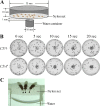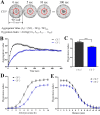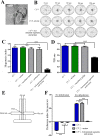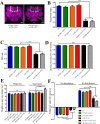A novel assay reveals hygrotactic behavior in Drosophila
- PMID: 25738801
- PMCID: PMC4349581
- DOI: 10.1371/journal.pone.0119162
A novel assay reveals hygrotactic behavior in Drosophila
Abstract
Humidity is one of the most important factors that determines the geographical distribution and survival of terrestrial animals. The ability to detect variation in humidity is conserved across many species. Here, we established a novel behavioral assay that revealed the thirsty Drosophila exhibits strong hygrotactic behavior, and it can locate water by detecting humidity gradient. In addition, exposure to high levels of moisture was sufficient to elicit proboscis extension reflex behavior in thirsty flies. Furthermore, we found that the third antennal segment was necessary for hygrotactic behavior in thirsty flies, while arista was required for the avoidance of moist air in hydrated flies. These results indicated that two types of hygroreceptor cells exist in Drosophila: one located in the third antennal segment that mediates hygrotactic behavior in thirst status, and the other located in arista which is responsible for the aversive behavior toward moist air in hydration status. Using a neural silencing screen, we demonstrated that synaptic output from the mushroom body α/β surface and posterior neurons was required for both hygrotactic behavior and moisture-aversive behavior.
Conflict of interest statement
Figures




References
Publication types
MeSH terms
Substances
LinkOut - more resources
Full Text Sources
Other Literature Sources
Molecular Biology Databases

